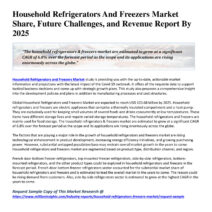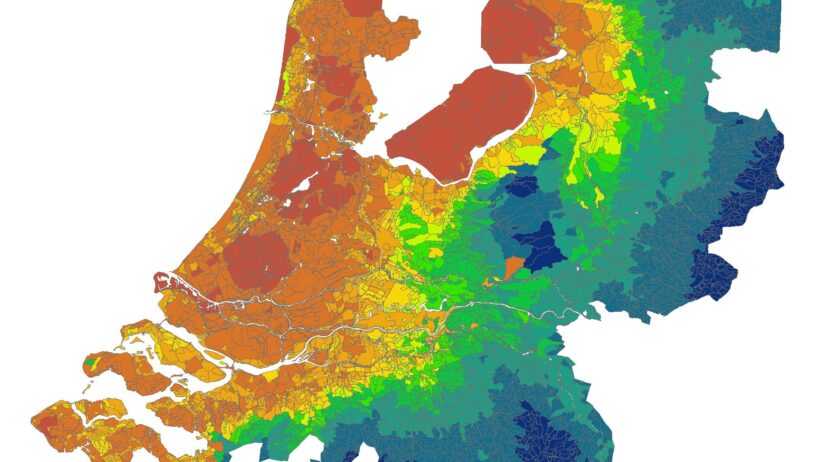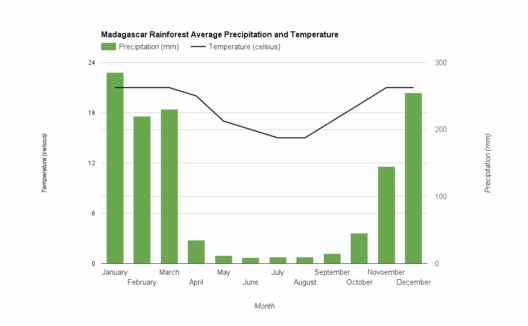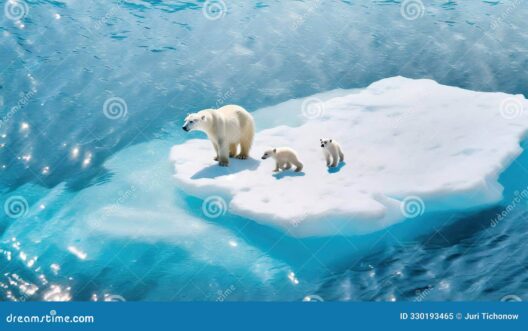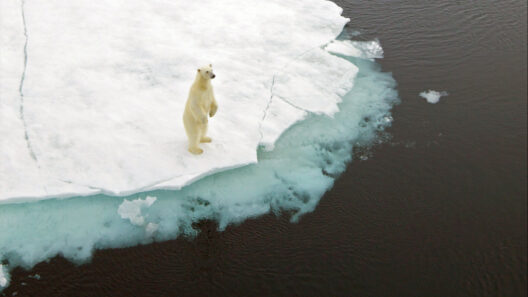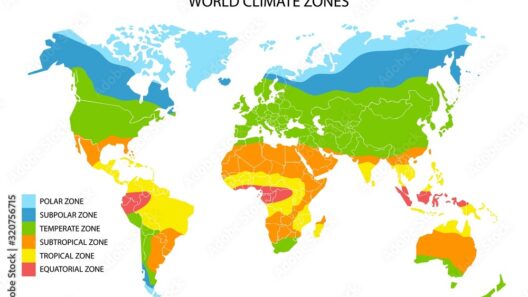The climate of the Netherlands is an intriguing interplay of maritime influences and continental conditions. Nestled in the heart of Western Europe, this low-lying nation often showcases a captivating panorama of flat lands, dotted by meandering waterways, expansive fields, and quintessential windmills. The unique geographical positioning of the Netherlands, bounded by the North Sea to the northwest, shapes its seasonal moods and climate characteristics.
The Netherlands primarily experiences a temperate maritime climate, classified under the Köppen climate classification as Cfb. This type of climate is marked by distinct seasonal variations but is predominantly moderate, escaping the extremes often observed in more continental climates. The annual temperature average hovers around 10 to 12 degrees Celsius, with relatively mild winters and moderately warm summers.
One of the most notable features of the Dutch climate is its high degree of humidity. With an annual precipitation of approximately 800 to 1,000 millimeters, rain can fall throughout the year, manifesting as drizzles or heavier downpours. This moisture-laden atmosphere contributes not just to the lush landscapes but also to a variable and often unpredictable weather pattern, affecting daily life in myriad ways. The frequent shifts between sunshine and rain can evoke a sense of wonder and even frustration among residents and visitors alike.
Winter temperatures in the Netherlands seldom plunge below freezing, with averages ranging from -1 to 5 degrees Celsius. Periods of snowfall can occur, creating picturesque scenes, but are usually short-lived. The flat terrain allows cold winds to sweep across the country, intensifying the chill during harsh winters, contributing to a latent awareness among citizens about the adaptability of their livelihoods to changing conditions.
Summers, in contrast, present a different character, with average high temperatures reaching between 20 to 25 degrees Celsius. However, occasional heatwaves can push temperatures above 30 degrees, typically experienced in July and August. The interplay of sea breezes and warm winds often inspires a vibrant atmosphere, with locals taking to parks and beaches, reveling in the fleeting warmth.
Beyond temperature and precipitation, the Netherlands grapples with another climate-related phenomenon: the incessant battle against rising sea levels. Much of the country lies below sea level, necessitating the construction of an intricate system of dikes, pumps, and barriers to manage water levels. This engineering marvel is not merely a response to climate challenges but stands as a testament to the Dutch spirit of innovation and resilience.
Viewing the climate through a historical lens reveals deeper insights into how the Dutch have embraced their environment. Historically, the climate has facilitated agriculture, with fertile soil enabling extensive farming practices. The cultivation of tulips, vegetables, and grains has fostered an agricultural tradition that is tightly woven into the Dutch identity. This not only serves as an economic backbone but also emphasizes a cultural connection to the land.
Furthermore, the unique alignment of flat landscapes and coastal proximity catalyzes a rich biodiversity. The Netherlands is home to diverse ecosystems ranging from wetlands to forests, providing vital habitats for various flora and fauna. National parks and nature reserves dot the country, reflecting a commitment to conservation amidst growing concerns about climate change. With awareness rising globally, these areas draw attention to the importance of preserving ecological integrity as a buffer against environmental deterioration.
Wind patterns also play a significant role in shaping the climate. The Netherlands experiences prevailing westerly winds, which transport moist air from the North Sea. Seasonal shifts often lead to the phenomenon known as “Dutch weather,” characterized by rapid changes that can leave one confounded by sun, rain, and wind within a single day. This climatic capriciousness can foster not only fascination but a profound respect for nature’s unpredictability.
In recent years, the effects of climate change have begun to surface more prominently. Since the late 20th century, there have been noticeable alterations in precipitation patterns and temperature averages, raising alarms among environmentalists and government officials alike. Increased rainfall in winters, coupled with drier summers, disrupts traditional farming schedules and impacts water supply management. The urgency for sustainable practices has intensified, with the Dutch government moving towards innovative solutions, including flood-proof urban planning and renewable energy initiatives.
Keen observers often reflect on the dichotomy of the Dutch climate. It lies not solely in its warmth or chill but rather in the combined multifaceted nature of its patterns. The prevailing climate serves as a microcosm for the ongoing dialogue around climate change. The Netherlands becomes a case study not just for its adaptation strategies but for its exploration of community responses to environmental crises. Such a climate, with its many moods, invites both introspection and action—reminding us of our interdependence with nature.
In conclusion, the climate of the Netherlands encapsulates an intricate balance between natural elements and human intervention. It marries the maritimity of weather patterns with the steadfastness of the Dutch spirit, fostering a unique identity deeply attuned to environmental realities. As the nation continues to navigate the complexities of climate change, its remarkable resilience and innovative responses stand as an inspiring testament to what can be achieved when a society collectively strives to harmonize with its climatic conditions.

